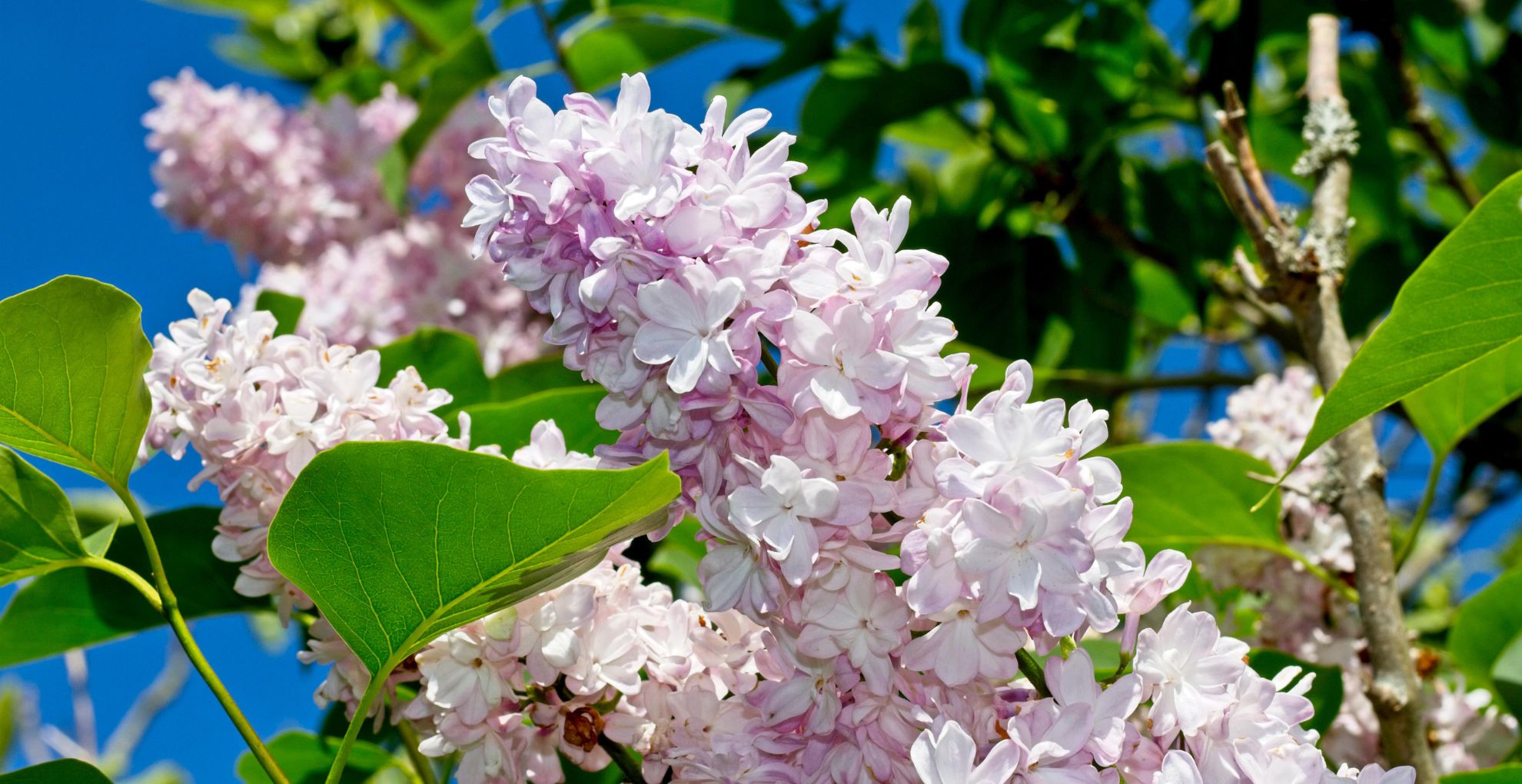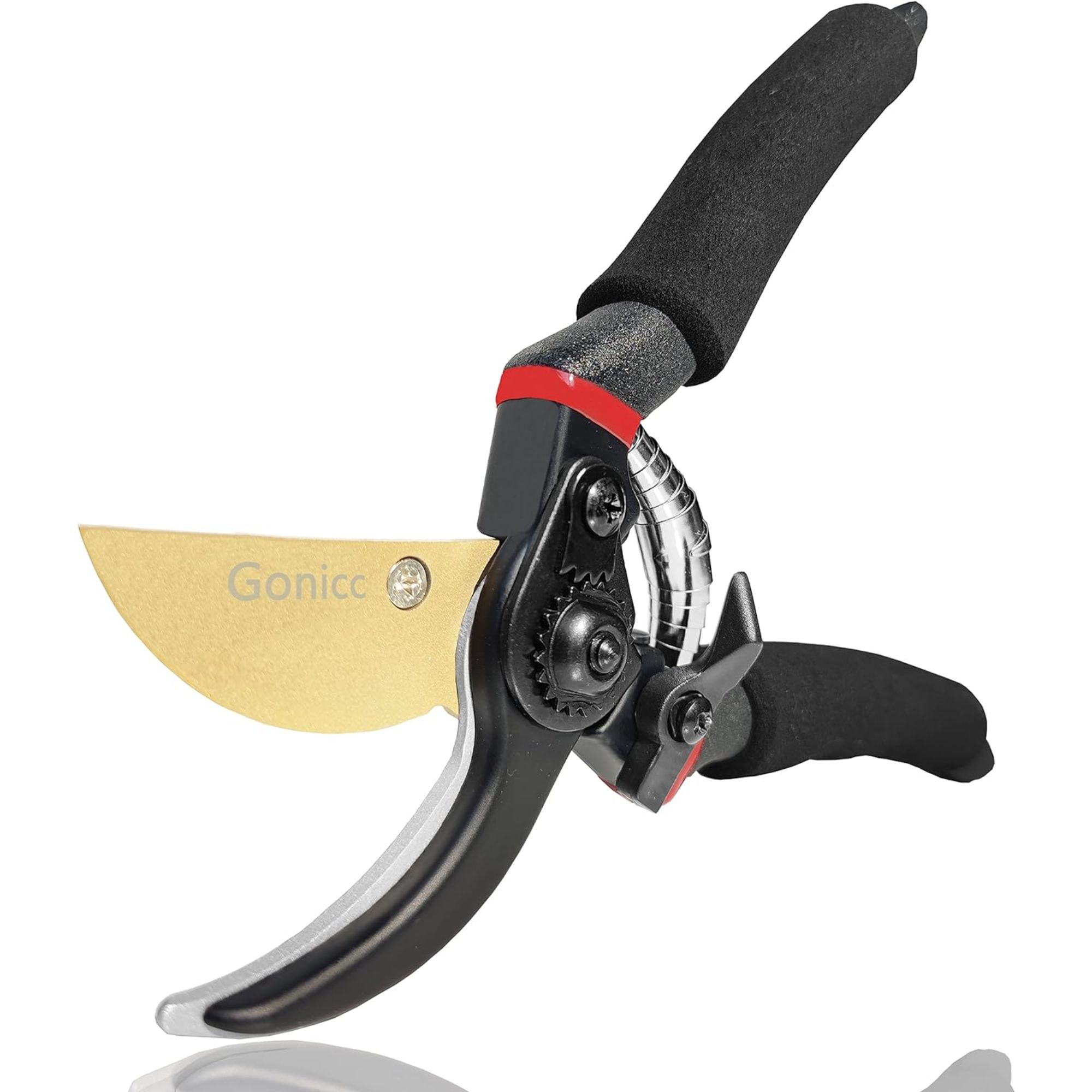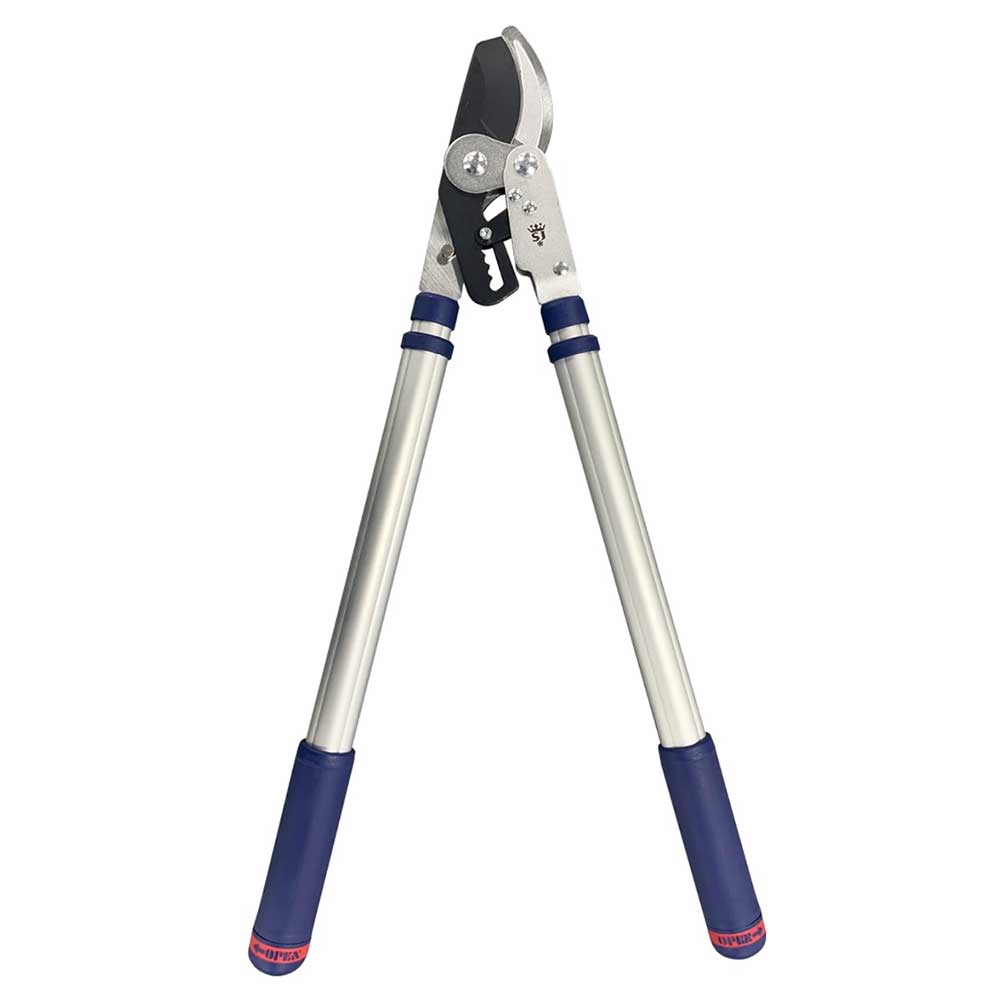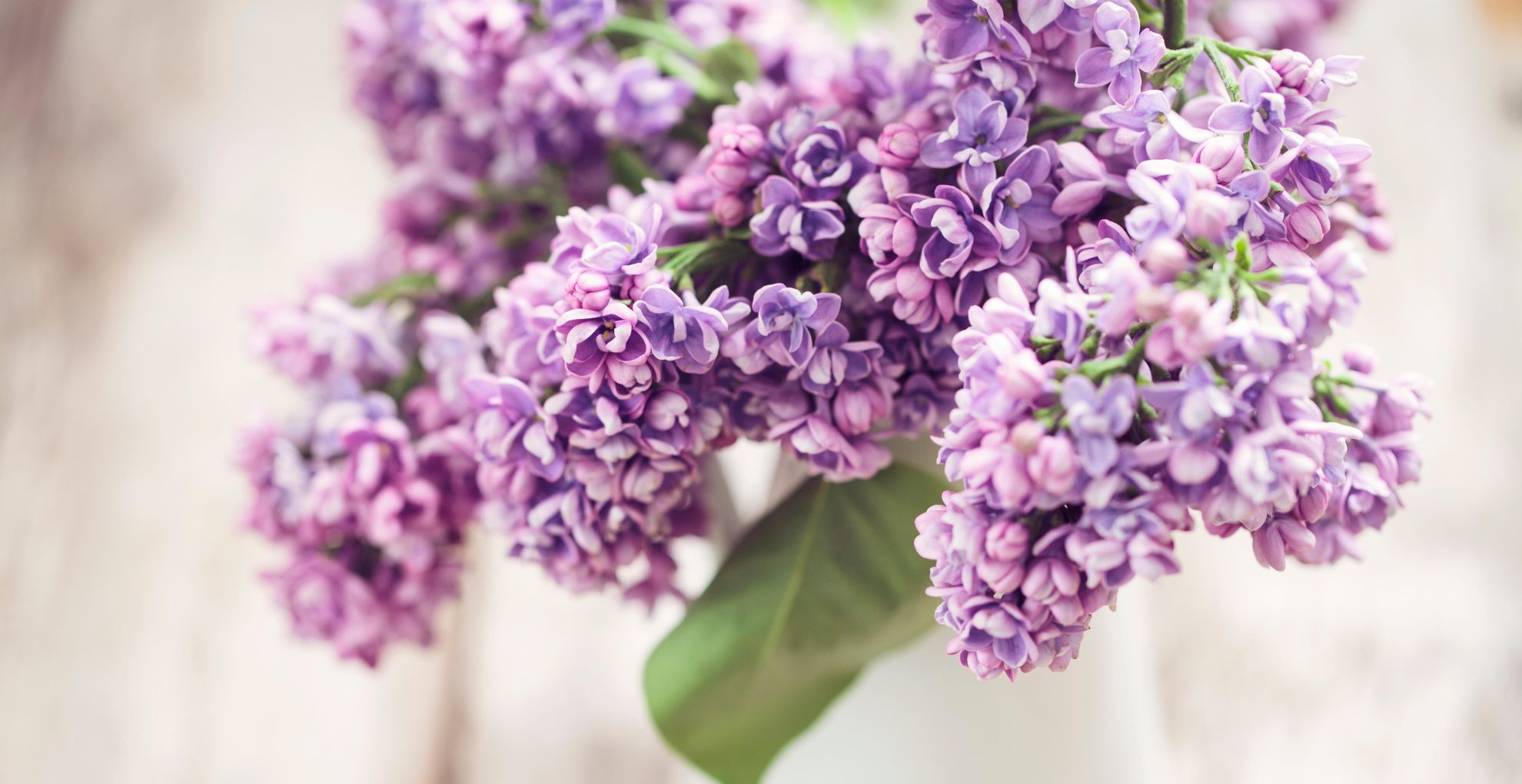When to prune lilac if you want even more beautiful blooms to appear
The gardening experts reveal their top tips and methods for pruning your lilac


The air is filled with the scent of lilac right now, as the beloved spring-flowering shrubs and trees everywhere are filled with frothy purple blooms. If you want to keep yours looking its very best, though, you have to learn to look after it properly – so when to prune lilac for tip-top results?
That's right: much like getting your hair trimmed to ensure it grows longer and thicker than ever, pruning is an essential step in maintaining your best plants’ health. And, if you want to keep your lilac from getting (shudder) leggy, you need to know exactly when to begin your pruning regimen, too.
We know, we know: it sounds like a lot of work, right? But, considering lilac has been one of the UK's most enduring garden trends since Edwardian times, it's well worth learning how to maximise its flowers and scent. We promise.
When to prune lilac
Just as it's important to know what to do with tulips and bluebells after flowering, the same is true of lilac – and, as you've likely guessed from the title of this piece, the answer is simple: get pruning!
"The timing of pruning is really important when it comes to lilac, because the buds which will flower next spring start to grow soon after the current flowers have completely died," explains Morris Hankinson, director of Hopes Grove Nurseries. "If pruning is left too late, you may end up with less if any flowers the following year," he cautions.

Morris Hankinson is the founder and managing director of Hopes Grove Nurseries Ltd, the UK’s only specialist grower-retailer of hedging plants. He established the thriving business in 1992, shortly after graduating with a Commercial Horticulture Degree from Writtle College, Essex.
What you will need
As ever, it's always a good idea to gather the tools you need before you begin a big gardening job.
"You will need some clean secateurs when pruning your lilac, as well as some loppers for higher and thicker stems," says Morris.
Sign up to our free daily email for the latest royal and entertainment news, interesting opinion, expert advice on styling and beauty trends, and no-nonsense guides to the health and wellness questions you want answered.
To that end, then, you should make sure you have the following close at hand:
- A pair of gardening gloves
- A pair of secateurs
- A pair of bypass loppers

RRP: £17.49 | Created in a hardwearing fabric (in a gorgeous design, no less), these luxury gardening gloves feature extra cushioning for comfort and a two-way stretch mesh between the fingers to keep hands cool and improve dexterity.

RRP: £14.95 | Made from Premium Titanium steel, these professional secateurs feature ergonomically designed non-slip handles for a cut that feels strong, lightweight, and comfortable.

RRP: £34.95 | If you're struggling to reach the higher branches of your lilac, try something like this razorsharp 18-30" telescopic ratchet for an effortless cut.
When to start the job
As mentioned already, the when is very important if you're keen to get pruning your lilac.
"As soon as you notice the flowers fading in late spring time, you will know it is time to get pruning," says Morris.
"Depending on where you are based in the UK, this will be sometime between late April to early June."

Morris suggests that you start the same way you would when pruning roses: "start by deadheading the flowers with some clean, sharp secateurs and snip back to the first set of leaves under the faded flowerhead".
"Next remove any straggly stems without any flowers that are sticking out or making the bush look untidy. These can be cut back to where you can see some nodes developing."
Finally, the gardening pro advises that you "remove any dead, diseased or crossing over stems to give the lilac good airflow and shape. Also if there are any suckers which grow out from near the base of the plant, these can usually be gently pulled up and potted to grow free lilac plants!"
Of course, if you want to do a hard prune on your lilac, it's worth adjusting your schedule a little. "If your lilac is very overgrown, you want to tackle this job when the plant is dormant – which will be over the winter," says Christopher O'Donoghue, one of the co-directors of Gardens Revived.

A gardener with over a decade of experience under his belt, Christopher set up Gardens Revived with his brother, Andrew, in 2018 to create a thriving family business. Together, they have worked on residential gardens, listed buildings and gardens, flower shows and large estates with some exceeding 70 acres – many with historical significance.
Noting that you can cut the whole plant back to around 1m above ground, similar to carrying out a hard prune when pruning buddleia. Christopher adds: "If your lilac is particularly large, you can repeat this process every winter or every other winter until the tree is a more manageable size."
FAQs
What month do you prune lilac bushes?
The best time to prune lilac is right after the flowers have faded in late spring or early summer – unless you need to do a hard prune on a very overgrown plant, that is.
If this is the case, tackle the job over winter when your lilac is dormant, like when asking when to prune hydrangeas, but be aware you will lose the flowers for at least one year.
What happens if you don't prune lilacs?
"Syringa (Lilac) are stunning in spring with their recognisable flowers and fragrance, but they do need to be pruned to keep them in shape or they can get a bit wild! " says Morris.
"If wild isn’t what you are going for, pruning regularly will ultimately mean larger flowers all around the bush rather than just at the top of straggly stems which tends to happen if they are left unpruned."
Now that you know when to prune lilac, you can sit back and enjoy their fragranced blooms until they've completely faded. But be sure to pick up a pair of secateurs once they're finished if you want your beautiful blooms looking their very best come next spring, a similar story of what to do with daffodils after flowering.

Kayleigh Dray is an experienced writer and editor within the world of digital journalism. She kicked off her career in magazines with Cosmopolitan as a news writer. Kayleigh then went on to become part of the digital editorial team at Closer, before a successful seven-year stint at Stylist, where she took command as the site’s editor and editor-at-large.
Nowadays, Kayleigh can be found freelancing for a myriad of titles including Woman & Home, along with a role at Ideal Home where she waxes lyrical about her true love: gardening. She is currently giving her own backyard a woodland-inspired makeover – and there have been whispers of a vegetable plot, too.